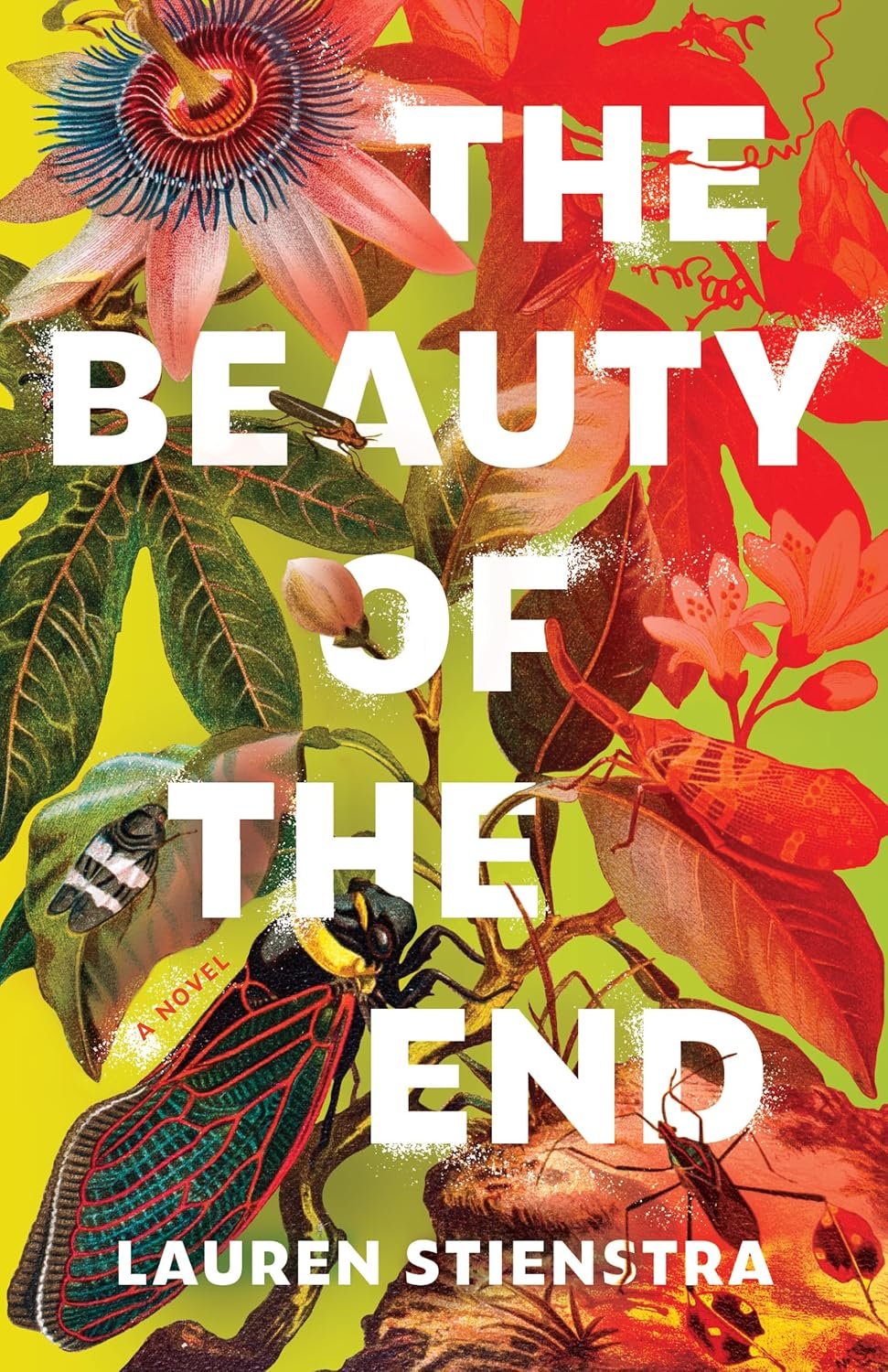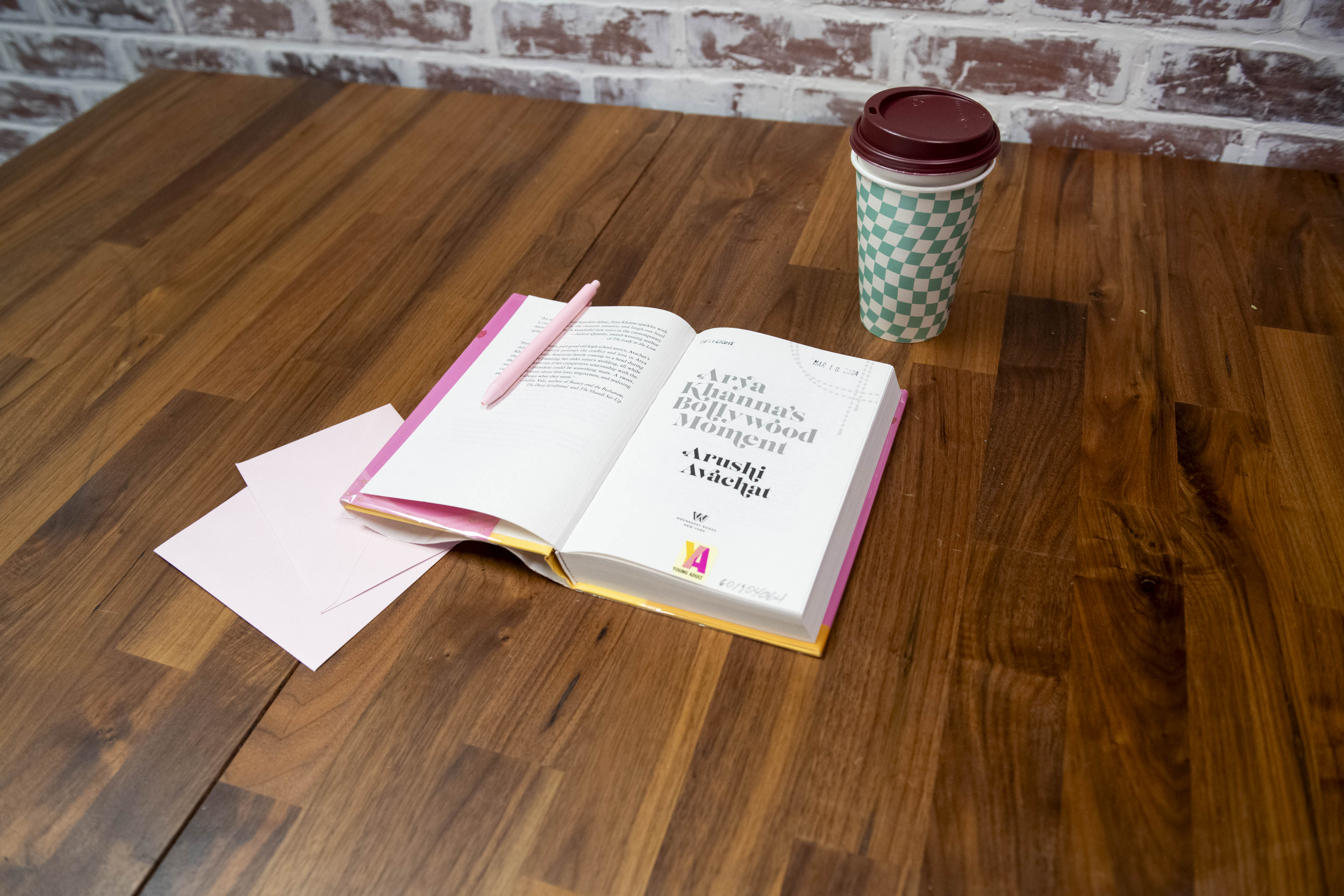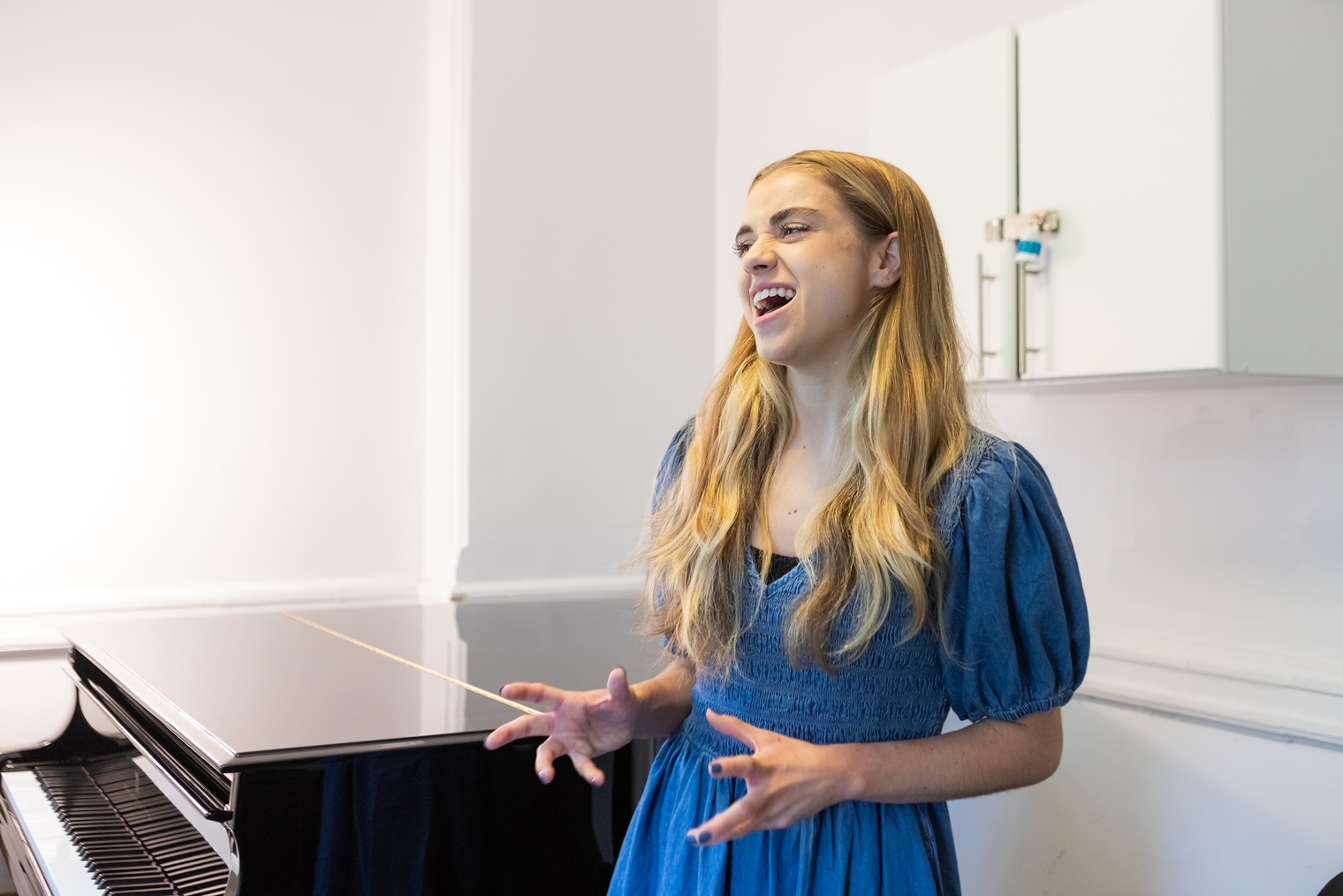UCLA alumnus brings science background to debut novel ‘The Beauty of the End’

Lauren Stienstra smiles for a photo while wearing a gray suit jacket and jeans. The UCLA alumnus released her first book, the science fiction novel “The Beauty of the End,” on April 1. (Courtesy of Melody Yazdani Studios)
By Gwendolyn Lopez
April 28, 2025 4:23 p.m.
Lauren Stienstra is entering the world of novel writing with her expertise in public health emergency management.
The UCLA alumnus, who graduated in 2007 with a degree in physiological science, published her debut novel “The Beauty of the End” on April 1. The novel, which blends elements of literary and science fiction, examines an alternate modern world in which humanity discovers its upcoming extinction through the erosion of fertility genes across four generations, Stienstra said. Twins Charlie and Maggie, the novel’s protagonists, come of age in this continuously declining society, and Stienstra said the book follows their enrollment in a government-run genetics program. Coming from a STEM background, Stienstra initially never anticipated publishing a novel, although she now cites her government career and education in biology as some of her greatest writing influences.
“I didn’t consider myself a writer, but I started with this idea and I let it grow. I nurtured my skills, and that’s how I arrived with a full agentable manuscript,” Stienstra said.
[Related: UCLA alumnus previews new young-adult fiction novel about the Filipino experience]
Stienstra said she first turned to creative writing during the COVID-19 pandemic, overwhelmed by a heavy workload of emergency relief in 2020. As an avid reader of science fiction, Stienstra found herself wanting to create her own science fiction world – a hobby that was not only fun but also a personal challenge, she said. Stienstra added that she teaches for UCLA Extension under its Homeland Security and Emergency Management program, which led her to enroll in UCLA Extension creative writing classes to hone her literary skills.
Sonia Roman, who met Stienstra while taking a UCLA Extension class on rewriting novel drafts, said Stienstra is a great inspiration for her own writing goals. Roman said out of their critique group of three, Stienstra was the first to be published, which took an impressive amount of discipline and tenacity. Roman added that despite working a full-time job and raising two children, Stienstra carved time to write for two hours every weekday. When it came to querying the manuscript, Roman said Stienstra reached out to 270 literary agents before receiving her offer of representation.
“A lot of people would’ve given up after 100, 150, 200 – nope. She wasn’t going to give up,” Roman said.

When it came to drafting “The Beauty of the End,” Stienstra said it was difficult to compose a novel-length manuscript with adequate plot, structure and character development – overall, the process took her a few years. Stienstra said her passion for science inspired her to root the novel in genetics, in a way that melds both the imaginative qualities of fiction and the logical plausibility of real science.
Originally, Stienstra entered UCLA as a pre-med undergraduate student, she said. Despite working as an EMT and emergency room technician, she eventually switched to a different career path after struggling with calculus-based physics and MCAT preparation, she added. When Hurricane Katrina hit in 2005, Stienstra said she was drawn to the field of emergency management – which aligned with her background in biology and human health.
“I left UCLA feeling pretty dismal about my outlooks,” Stienstra said. “I had planned to become a doctor. I wanted to, but it wasn’t going to work out, so I was pivoting – and I’m really happy with how that pivot turned out. But at the time, I felt like, ‘Did I just waste four years of my time on something?’”
[Related: Book review: Gardiner Harris’ new exposé competently uncovers Johnson & Johnson ethical battles]
Now, Stienstra said her career in emergency management helped with balancing the scientific elements of “The Beauty of the End” with a more strategic, systems-focused perspective. Through this multilayered approach, Stienstra hopes her novel will be a gateway for opening conversations about science in a way that is accessible to the public, she said. For instance, Stienstra said the backdrop of impending genetic deterioration is an allegory for climate change in the story.
“What are we willing to do for the crisis that’s not going to happen in eight days or eight weeks or eight months – but 80 years from now?” Stienstra said.
Lorraine Schneider, who works in the emergency management field with Stienstra, said she was struck by the relevance of the reproductive themes in “The Beauty of the End.” Although she doesn’t typically read science fiction novels, Schneider said the novel’s inclusion of past historical events, along with its focus on the psychological reaction to a doomsday scenario, made for a very enjoyable read.
When she was growing up, Stienstra said narratives with scientific premises appealed to her more than traditional classical texts. She wishes there was more literature that bridged the spheres of science and writing, she said. She added that she’s glad she remained open to new opportunities despite her initial disappointment after graduating from UCLA and hopes to continue writing in the future – in not only the science fiction genre, but potentially historical fiction and fantasy too.
“So much of creative writing is about having experiences,” Stienstra said. “Even if you are in a science career or in science education, and you feel like it’s not going to pan out for you – remember that’s an important experience, that it may feed other knowledge.”



